Objective Image Quality
As with the NEC MultiSync P221W, it's once again a pleasure to be able to skip the usual qualifications, provisos and excuses that so often accompany our TN panel testing and get stuck into a PVA-powered screen with some serious image quality chops.As usual, we ran the HP through the Lagom suite of image quality tests, a handy collection of benchmarks that are simple to use and yet reveal much about a monitor's characteristics in metrics such as colour rendering, contrast, viewing angles, pixel response and more.
For starters, extension and fidelity in the white scales is impressive, with definition maintained right through to the very brightest tones. Compared to the very similar NEC MultiSync P221W, black tone definition doesn't quite scale the same heights. Or should that be depths?
Likewise, the merest hint of banding in colour gradients is just visible. But we're talking about tiny fractions here – this monitor is streets ahead of any TN screen. Similarly, at default settings, the LP2275W's gamma is much closer to ideal than any TN screen. In fact, achieving optimal gamma with a TN panel is usually impossible. With this PVA monitor, it's relatively straight forward.
Another strong point is viewing angles. Just like NEC's MultiSync P221W, you really do have to assume a pretty implausible viewing position before any significant colour inversion is visible. The LP2275W is as stable as they come in that respect.
As for pixel response, the tell-tale flashing is pretty well suppressed in the Lagom test, though that doesn't always tally precisely with the subjective experience. Less gratifying is the presence of mild inverse ghosting in the form of a dark trail following the cursor on certain background colours. Confirmation, not that it was needed, that HP has implemented overdrive technology in order to improve pixel response.
Better news involves the absence of significant input lag. Paired with a Dell 3007WFP, the LP2275W's performance is essentially too close to call – most of our test images make it a dead heat between the two panels. That's good news for gamers in particular.

MSI MPG Velox 100R Chassis Review
October 14 2021 | 15:04


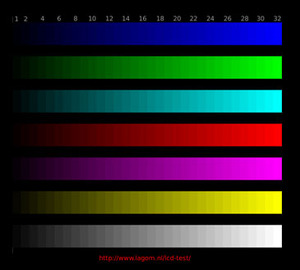
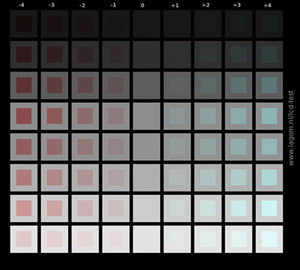
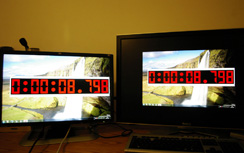
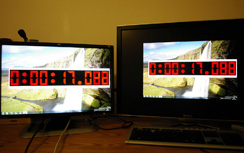
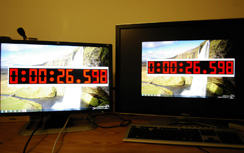







Want to comment? Please log in.